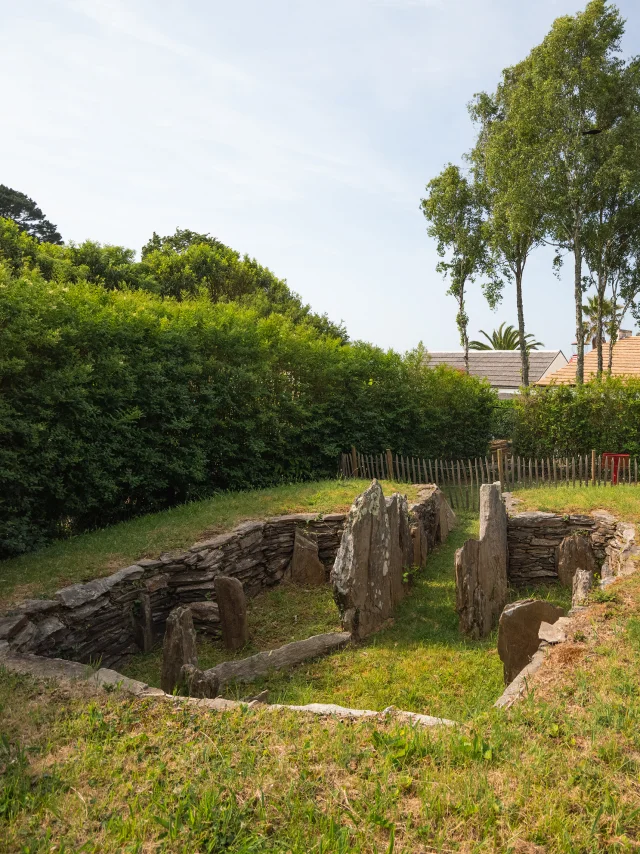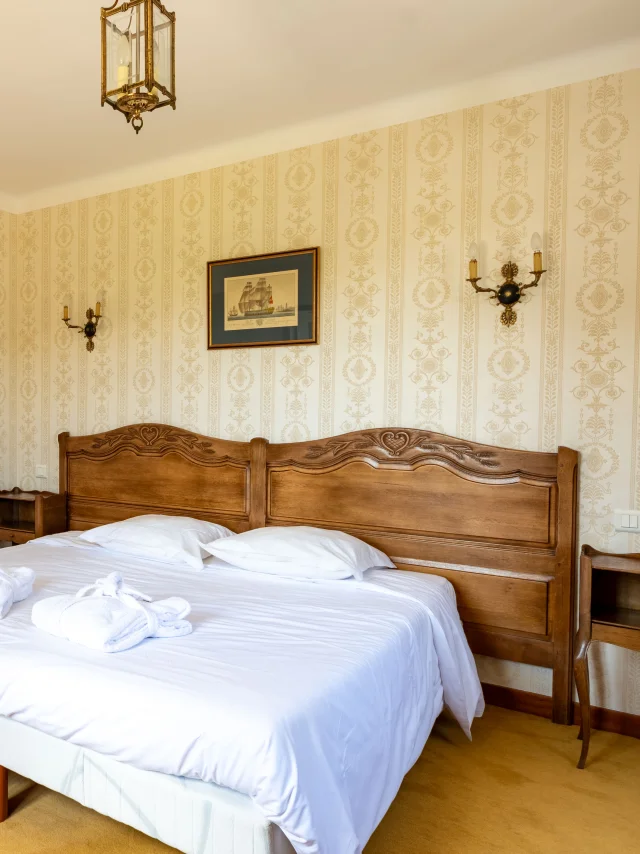Loc Amand priory
The hamlet of Loc Amand is home to the remains of the former priory of Saint-Amand. A counter-curve adorned with two leafy pinnacles surmounts a large surrounding wall and a beautiful basket-handle carved portal.
A little history
Hoël, Duke of Brittany and Count of Cornouaille, founded the priory of Locamand and donated it to the Abbey of Sainte Croix in Quimperlé. The priory of Locamand was then placed under the dual patronage of Saint Amand and Saint Colomban. It is thought that these were either Saint Amand, a contemporary of King Dagobert, a missionary of Nantes origin who travelled throughout Gaul and was bishop of Maestricht, or Saint Amand, bishop of Rennes and predecessor of Saint Mélaine.
Pope Gregory XV, in a bull of 1623, added the priory to the Jesuit colleges in Quimper. The donation was confirmed by Louis XIV in September 1681.
Sold as national property during the Revolution, the priory house changed ownership several times before falling into ruin.
The priory had rights of high, medium and low justice. In cases of high justice, the forks needed to carry out the fatal verdict were located in the commune. In the 17th century, the parish’s sentry boxes still stood on “the mountain of Lanarchou”. Justice was administered either at the foot of a cross near the Locamand cemetery, or in the village of La Forêt.
Although its memory survives in the archives, its buildings have not withstood the wear and tear of time and history. All that remains of Locamand today are a few rare vestiges, notably a basket-handle porch topped by a counter-curve and flanked by two leafy pinnacles.





































